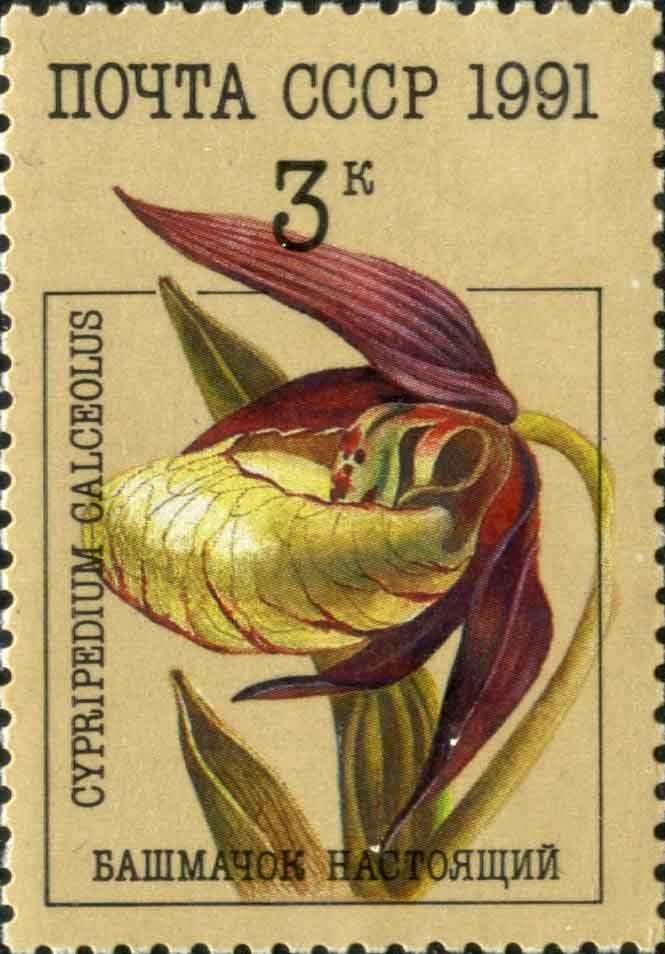
Orchis purpurea , Biology Stamps
Classification System: APG IV
Superregnum: Eukaryota
Regnum: Plantae
Cladus: Angiosperms
Cladus: Monocots
Ordo: Asparagales
Familia: Orchidaceae
Subfamilia: Orchidoideae
Tribus: Orchideae
Subtribus: Orchidinae
Genus: Orchis
Subgenus: Orchis subg. Orchis
Sectio: Orchis sect. Orchis
Species: Orchis purpurea
Subspecies: (2)
O. purpurea. subsp. caucasica – O. purpurea. subsp. purpurea
Name
Orchis purpurea Huds., Fl. Angl.: 334 (1762)
Synonyms
Homotypic
Orchis militaris var. purpurea (Huds.) Huds., Fl. Angl., ed. 2: 384 (1778)
Orchis purpurea f. vulgaris Leimbach in H.Potonié, Ill. Fl., ed. 3: 140 (1887), nom. inval.
Distribution
Native distribution areas:
Europe
Northern Europe
Denmark, Great Britain.
Middle Europe
Austria, Belgium, Czechoslovakia, Germany, Hungary, Netherlands, Poland, Switzerland.
Southwestern Europe
Corse, France, Sardegna, Spain.
Southeastern Europe
Albania, Bulgaria, Greece, Italy, Romania, Turkey-in-Europe, Yugoslavia.
Eastern Europe
Krym, Ukraine.
Africa
Northern Africa
Algeria.
Asia-Temperate
Caucasus
North Caucasus, Transcaucasus.
Western Asia
East Aegean Islands, Turkey.
References: Brummitt, R.K. 2001. TDWG – World Geographical Scheme for Recording Plant Distributions, 2nd Edition
References
Hudson, W. (1762) Flora Anglica 334.
Kretzschmar, H., Eccarius, W. & Dietrich, H. 2007. Die Orchideengattungen Anacamptis, Orchis, Neotinea. EchinoMedia-Verlag, Bürgel. Table of contents. ISBN 978-3937-10711-0. Reference page.
Pridgeon, A.M., Cribb, P.J., Chase, M.W. & Rasmussen, F.N. (eds.) 2001. Genera Orchidacearum Volume 2: Orchidoideae (Part one); page 333 ff., Oxford: Oxford University Press. ISBN 0-19-850710-0
Govaerts, R. et al. 2012. Orchis purpurea in Kew Science Plants of the World Online. The Board of Trustees of the Royal Botanic Gardens, Kew. Published online. Accessed: 2012 June 3. Reference page.
Emonocot.org 2014. Orchis purpurea in The Orders and Families of Monocotyledons. Published online. Accessed: 2014 Feb. 17.
Tropicos.org 2012. Orchis purpurea. Missouri Botanical Garden. Published online. Accessed: 7 June 2012.
International Plant Names Index. 2012. Orchis purpurea. Published online. Accessed: 7. June 2012.
Vernacular names
azərbaycanca: Purpur səhləb
čeština: Vstavač nachový
Deutsch: Purpur-Knabenkraut, Purper-Knabenkraut
English: Lady Orchid, Lady orchid
español: Orquídea púrpura
français: Orchis pourpré, Orchis pourpré
hornjoserbsce: Bahorowa pihawka
magyar: Bíboros kosbor
italiano: Orchide maggiore
Lëtzebuergesch: Purpurrout Bouwekraut
Nederlands: Purperorchis, Purperorchis
polski: Storczyk purpurowy
русский: Ятрышник пурпурный
slovenščina: Škrlatnordeča kukavica
Orchis purpurea, the lady orchid, is a herbaceous plant belonging to the genus Orchis of the family Orchidaceae.
Description
Group of plants
Inflorescence
Orchis purpurea reaches on average 30–100 centimetres (12–39 in) of height. The leaves are broad and oblong-lanceolate, forming a rosette about the base of the plant and surrounding the flower spike. They are fleshy and bright green, and can be up to 15 cm long. The inflorescence is densely covered with up to 50 flowers. The sepals and upper petals are violaceous or purple (hence the Latin name purpurea of the species). The flower's labellum is pale pink or white, with a center spotted by clusters of violaceous or purple hairs. It is divided into three lobes; the outer two are small and narrow, and the inner is large, rounded, and heart-shaped. Flowering occurs in late April to June.
Range and habitat
This orchid can be found in most parts of Europe, northern Africa, Turkey and the Caucasus. It usually grows in sloping woodlands, particularly in mixed deciduous / oak forests, but occasionally occur in meadows. It prefers limestone or chalk soil and partially shaded locations at an altitude of 0–1,350 metres (0–4,429 ft) above sea level.
Identification
Orchis purpurea may be mistaken for the military orchid (Orchis militaris) or monkey orchid (Orchis simia). The three species often hybridize, making them difficult to identify, although the shape of the labellum is distinct to each species.
Threats
Deer, especially the muntjac, and slugs are among the greatest threats to this orchid. Human activity - woodland clearance, picking flowers or uprooting plants - is a major concern.
References
Leroy-Terquem, Gerald and Jean Parisot. Orchids: Care and Cultivation. London: Cassel Publishers Ltd., 1991.
Schoser, Gustav. Orchid Growing Basics. New York: Sterling Publishing Co., Inc., 1993.
White, Judy. Taylor’s Guide to Orchids. Frances Tenenbaum, Series Editor. New York: Houghton-Mifflin, 1996.
Alec Pridgeon. The Illustrated Encyclopedia of Orchids. Published by the Timber Press.
Bechtel, Cribb and Launert. The Manual Of Cultivated Orchid Species. Published by The MIT Press.
Retrieved from "http://en.wikipedia.org/"
All text is available under the terms of the GNU Free Documentation License

